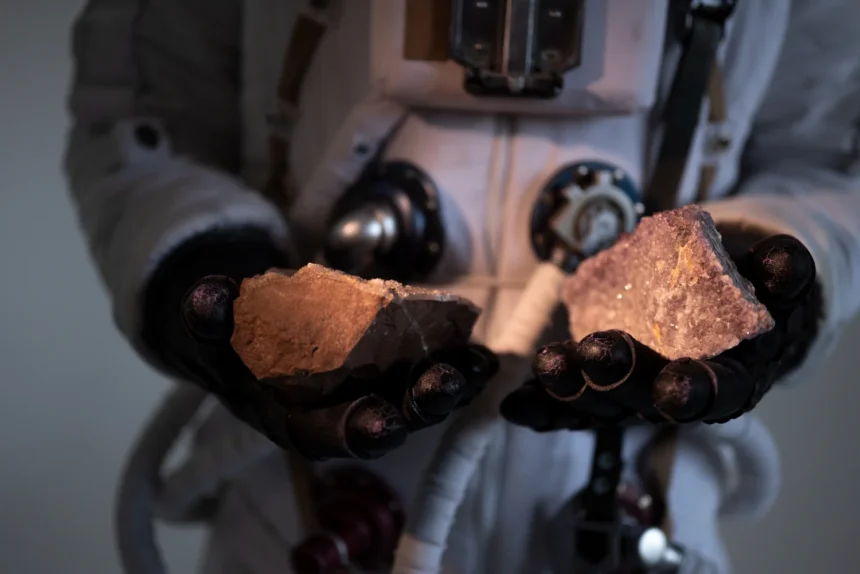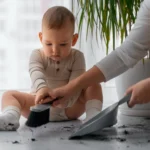A Story from the Old House
On a quiet evening, Rohan walked through his grandfather’s century-old house. As he touched the antique copper vessels and gazed at the green patches on the rooftop copper sheets, he wondered: Does copper rust like iron does? The beauty of those aged greenish-blue surfaces told a story of time, weather, and chemistry. That simple curiosity opened a fascinating exploration into how copper reacts with the environment.
What is Rust?
Rust is a specific form of corrosion that occurs when iron or steel reacts with oxygen and water. It results in a reddish-brown flaky substance commonly seen on old gates, iron rods, or neglected tools. But when we ask, does copper rust, the answer lies in understanding the difference between rust and corrosion.
The Difference Between Rust and Copper Corrosion
Copper does not rust in the same way iron does. Instead, copper undergoes a process called oxidation. When exposed to air and moisture, copper forms a layer of copper oxide, which appears dull brown or black. Over time, this can further transform into the famous green coating, known as patina.
Why Patina is Not Rust
-
Rust weakens iron and causes it to break down.
-
Patina, on the other hand, acts as a protective shield for copper.
-
Instead of destroying the metal, patina preserves it, making copper long-lasting.
Does Copper Rust or Just Change Color?
When people ask does copper rust, they are usually referring to the change in color. The short answer is: copper does not rust; it corrodes differently by developing patina. This transformation is not harmful—in fact, it is valued for aesthetics in architecture, jewelry, and antiques.
Why Copper Turns Green Over Time
The green layer, patina, is formed through reactions with carbon dioxide, water, and pollutants in the air. Iconic landmarks like the Statue of Liberty are examples of how copper develops its green protective skin over decades.
Factors Influencing Patina Formation
-
Moisture: High humidity speeds up the process.
-
Pollution: Sulfur compounds in the air accelerate patina.
-
Time: Natural patina may take years to form.
The Benefits of Copper’s Natural Aging
-
Durability: Patina protects against deeper corrosion.
-
Aesthetics: The unique green shade is often considered beautiful.
-
Value: Aged copper antiques are prized in markets.
Can Copper be Prevented from Corroding?
Although copper’s patina is protective, some prefer its shiny look. To maintain that polished appearance:
Maintenance Tips
-
Regular Cleaning with lemon and salt.
-
Protective Coating using wax or lacquer.
-
Indoor Storage to minimize moisture and pollution exposure.
Everyday Examples of Copper’s Durability
-
Copper Plumbing Pipes: Remain functional for decades.
-
Roofing and Architecture: Copper roofs may last over 100 years.
-
Cookware and Antiques: Often passed down generations.
Final Thoughts: Does Copper Rust?
To conclude, the answer to does copper rust is simple: copper does not rust like iron. Instead, it undergoes a unique transformation into patina, which protects and beautifies the metal over time. Far from being a flaw, this natural process is part of copper’s charm. Whether in architecture, art, or daily utensils, copper’s endurance is a story of resilience.









